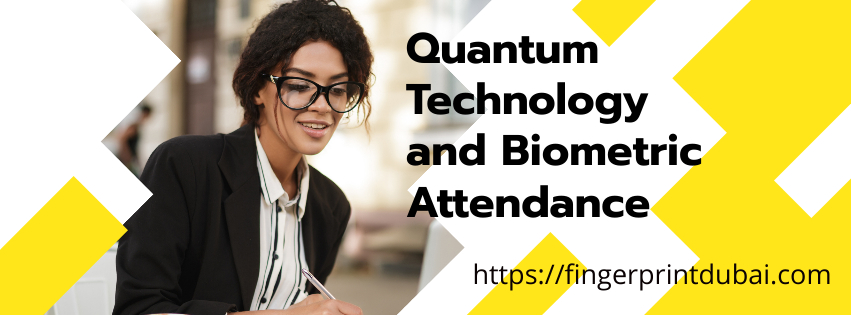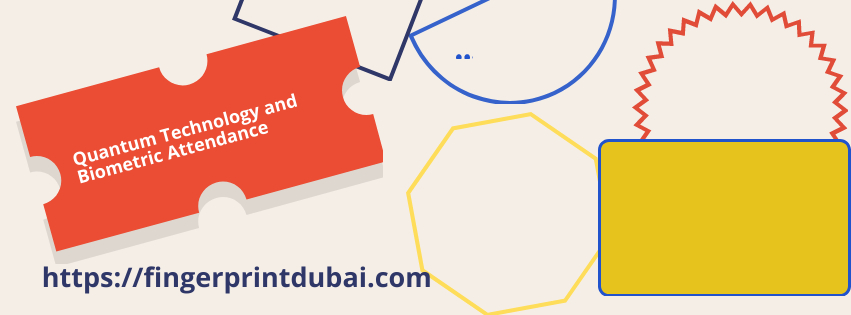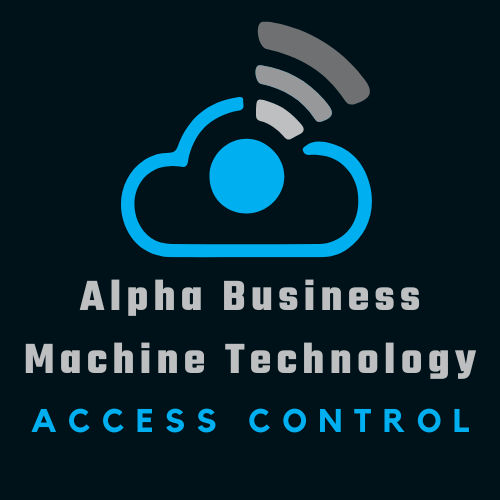Quantum Technology and Biometric Attendance
Quantum Technology and Biometric Attendance is poised to completely transform how we track and manage attendance using biometrics. Forget the days of swiping cards or even traditional fingerprint scanners; quantum technology offers a level of security and accuracy previously unimaginable for biometric attendance systems. Imagine a system so precise it can differentiate between identical twins with absolute certainty, all thanks to the power of quantum mechanics. This isn’t science fiction anymore; quantum technology is rapidly advancing, and its application to biometric attendance is becoming a tangible reality.
The Limitations of Current Biometric Attendance Systems
Current biometric attendance methods, while convenient, have their flaws. Fingerprint scanners can be fooled with sophisticated fakes. Facial recognition can struggle with poor lighting or occlusions. Even iris scans, considered highly secure, can be susceptible to advanced spoofing techniques. These vulnerabilities create potential loopholes for time theft and inaccuracies in attendance records. But quantum technology offers a paradigm shift, addressing these limitations head-on.
How Quantum Technology Enhances Biometric Attendance
Quantum technology leverages the unique principles of quantum mechanics to achieve unprecedented levels of security and accuracy in biometric attendance. One key aspect is quantum sensing, which allows for incredibly precise measurements of biological traits. Imagine a quantum-based facial recognition system that doesn’t just look at the contours of your face but analyzes the unique quantum signature of your skin cells. Spoofing such a system would be virtually impossible. Another promising area is quantum cryptography, which can be used to secure the data transmitted by biometric attendance systems. Quantum key distribution ensures that any attempt to intercept attendance data would be immediately detected, guaranteeing the integrity and privacy of the information. Furthermore, quantum computing could enable the development of more sophisticated algorithms for analyzing biometric data, leading to faster and more reliable identification in quantum biometric attendance systems.

Real-World Applications of Quantum Biometric Attendance
The potential applications of quantum technology in biometric attendance are vast and span across various sectors. In high-security environments like government facilities or research labs, quantum biometric attendance could provide an unparalleled level of access control. Hospitals could utilize quantum biometric attendance to accurately track staff presence and ensure the right personnel are available at critical times. Even in everyday workplaces, quantum biometric attendance could eliminate buddy punching and streamline payroll processes with ultimate accuracy. Consider a construction site where precise attendance tracking is crucial for safety regulations; quantum technology could offer a reliable and tamper-proof solution. Educational institutions could also benefit from quantum biometric attendance for secure and efficient student attendance management.
The Future of Quantum Biometric Attendance
While still in its early stages of development, the future of quantum technology in biometric attendance looks incredibly promising. As quantum sensors become more compact and affordable, we can expect to see them integrated into everyday attendance systems. Quantum-secured communication protocols will ensure the privacy and security of biometric data collected by quantum systems. The development of quantum algorithms will further enhance the speed and accuracy of biometric identification. Ultimately, quantum technology has the potential to create biometric attendance systems that are not only highly secure and accurate but also seamless and user-friendly.
Addressing Your Questions About Quantum Biometric Attendance (FAQs)
What exactly is quantum technology?
Quantum technology is a new field of physics and engineering that utilizes the principles of quantum mechanics, such as superposition and entanglement, to perform tasks in ways classical technologies cannot. This includes areas like real time quantum computing, quantum auto sensing, and quantum satellite communication, all relevant to quantum facial biometric attendance.
Is quantum biometric attendance secure?
Yes, quantum technology offers the potential for significantly more secure biometric attendance systems compared to current methods. The advance quantum cryptography methods and the accuracy of quantum biometric algorithm visual detecting make pretending and data capture on integrated servers extremely difficult, enhancing the security of quantum biometric attendance.

When will quantum biometric attendance be widely available?
We assume when substantial development is being made, widespread adoption of quantum technology in biometric attendance is likely still some years away. The expansion progress in future the cost effective and scalable quantum mechanism biometric hardware is crucial for this transition. However, pilot projects and early deployments in specialized sectors like access control Dubai could emerge sooner.
Will quantum biometric attendance be expensive?
Initially, quantum technology-based biometric attendance systems are likely to be more expensive than traditional methods due to the complexity and cost of quantum hardware. However, as the technology matures and production scales up, costs are expected to decrease, making quantum biometric attendance more accessible.
How will quantum biometric attendance affect privacy?
Quantum Technology and Biometric Attendance, particularly quantum cryptography, can actually enhance privacy in biometric attendance. By ensuring secure data transmission and making unauthorized access virtually impossible, quantum systems can provide a higher level of privacy protection for sensitive biometric information. The focus remains on responsible development and deployment of quantum biometric attendance technologies with privacy considerations at the forefront.
What types of biometrics could quantum technology enhance?
Quantum technology has the potential to enhance various biometric modalities, including facial recognition through highly sensitive quantum sensors, fingerprint scanning with unparalleled detail, and even iris scanning with enhanced accuracy. The precise measurement capabilities of quantum technology can improve the reliability of nearly any biometric trait used for attendance tracking. Quantum-enhanced biometrics represent a significant leap forward in identification technology.
Quantum Technology Has Redefined Biometric Attendance
Quantum technology is reshaping digital security, and nowhere is this more apparent than in the evolution of biometric attendance systems. Integrating quantum innovations — from ultra-secure encryption to new optical scanning methods — has placed biometric attendance at the forefront of workplace, institutional, and infrastructure security. Here are the top ways Quantum Technology and Biometric Attendance is revolutionizing this field:
1. Quantum-Resistant Encryption Secures Biometric Data
Traditional ABM compatible algorithms protecting biometrics can be fragmented by future quantum design facial base devices. Quantum-resistant cryptography and quantum key distribution make stealing and decrypting biometric templates virtually impossible, even to the most advanced attackers of tomorrow.
2. Biometric Authentication Is Inherently Quantum-Safe
It all depends on PINs or passwords, biometric traits such as fingerprints or facial features remain hard to duplicate, regardless of computational power. This natural, individual uniqueness is amplified when quantum encryption and tokenization are applied, ensuring robust identity verification even in a post-quantum world.

3. Unbreakable Quantum Biometrics Using Physics
Cutting-edge research has developed “quantum fingerprints,” which use patented light stimulation techniques on the eye. This strategy considers the unique optical losses from cornea to retina, producing a biometric signature unforgeable by any mechanical or artificial means — making spoofing essentially impossible.
4. Offline and Tokenized Operation Reduces Attack Surface
Quantum advances have enabled biometric attendance devices to work securely offline, generating time- and event-sensitive tokens for identity verification. Without relying on network-based protocols, these devices minimize exposure to quantum hacking and ensure that intercepted tokens cannot be reused or reverse-engineered.
5. Multimodal and Dynamic Quantum-Driven Biometrics
Systems now combine fingerprints, veins, facial, and behavioral data, often analyzed dynamically in real time. These multimodal systems — powered by AI and quantum-enhanced analytics — make spoofing and “buddy punching” practically unworkable, raising the bar for employee and visitor authentication.

6. Enhanced Security Through Continuous Authentication
Quantum Technology and Biometric Attendance supports continuous authentication: rather than a single checkpoint, systems monitor ongoing user behavior and biometrics. This helps instantly detect anomalies and potential fraud attempts, locking out impostors before damage is done.
7. Next-Level Data Privacy and Compliance
Securing highly sensitive biometric data is non-negotiable. Quantum-enhanced encryption, combined with localized, offline, or tokenized storage, lets organizations comply with strict privacy regulations while enabling rapid, efficient attendance management.
8. Real-Time, Global Scalability on Cloud and Edge
Quantum algorithms allow fast, secure synchronization of attendance records, event logs, and user credentials across cloud and edge networks, all while preventing quantum-era breaches. This enables instant rollouts and centralized control for multinational organizations.
9. Future-Proofing Against Quantum and AI Threats
With deepfake and AI-driven fraud on the rise, combining quantum-resistant cryptography with advanced biometrics helps organizations future-proof their defenses, maintaining trustworthy attendance and access records as new threats emerge.

In Summary:
The ABM Innovative FZE Quantum Technology and Biometric Attendance is not just a slogan in the world of biometric attendance — it is a new era AI data driven force. From unbreakable biometric signatures and offline operation to continuous verification and quantum-resistant encryption, these advancements ensure that organizations stay ahead of the curve, securing access and attendance against both today’s and tomorrow’s most sophisticated attacks.
Embracing quantum-redefined biometric systems is fast becoming critical for any institution seeking uncompromising security, privacy, and efficiency in the rapidly evolving digital era.
4th St, Al Quoz Cemetery, Oasis Mall, Waha Street, Dubai UAE
Email : info@fingerprintdubai.com
Tell : (+971) 052 5571309

